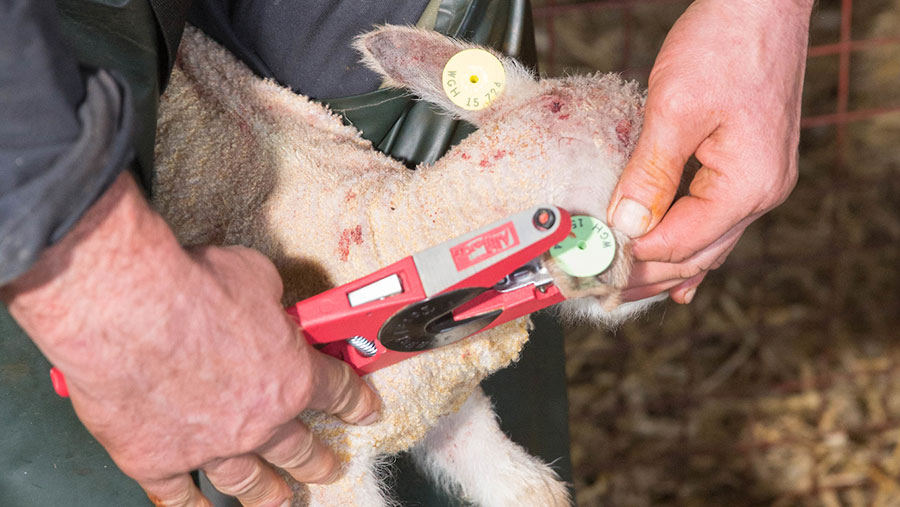Precision technology no ‘quick fix’ for livestock inefficiencies
 © Tim Scrivener
© Tim Scrivener Precision agriculture has the potential to revolutionise UK livestock production, but only if the sector’s skills, requirements and incomes are properly understood, say experts.
Speakers at the European Conference on Precision Agriculture in Edinburgh (17-20 July) said precision farming technology offered producers a chance to create more sustainable and profitable livestock businesses.
But they warned technology was not a quick fix for overcoming problems linked to efficiency, productivity and environmental impact.
Speakers also made clear the cost of technology and farmers’ skills would remain a barrier preventing the sector making full use of the latest innovations.
See also: More precision farming articles
Ian Yule, professor in precision agriculture at Massey University in New Zealand, said more work was needed to understand the purpose and value of technology being developed for livestock systems.
“We shouldn’t be adding lots of costs to farming [with developments in precision technology],” he told delegates. “It may be technically exciting, but we have to drive out costs.
“[Developers] need to make sure the technology is affordable and adds value to farming operations – we have to be very clear about what we are offering and why.”
Prof Yule said it was important scientists, policymakers and industry did not think precision technology held all the solutions to the problems facing agriculture and food production.
“There’s a growing tendency for politicians to want quick solutions, and innovation has become a buzzword.
“There’s a glitz factor in a lot of technology, but there’s more hard work to be done to get it right.”
Affordability
Mark Rutter, professor of animal behaviour at Harper Adams University, said even with the right types of technology being developed for livestock producers, the costs of the technology were so high few farmers could afford them.
He suggested hill farmers, in particular, be offered government subsidies as part of environmental schemes to ensure they could afford to invest in potentially beneficial technologies.
“Much of the focus of precision technology has been on arable and dairy systems, where investments can be repaid relatively quickly,” he said.
“However when you look at the value of an animal over its lifetime, the economics are stacked against beef and sheep. That means we either have to look at low-cost sensors, or find ways to subsidise them.
“It’s a management tool that should bring financial benefit, but it could also monitor compliance with schemes,” he added. “I think the environment side will be quite important in driving these technologies forward.”
But while the technology had the potential to make improvements to farming systems, Wayne Powell, SRUC principal and chief executive, said those benefits could get lost without having skilled staff to work alongside it.
In his opening address to the conference, Prof Powell warned UK agriculture needed a complete skills overhaul if it was to fully seize the opportunities it offered.
“We have exponential developments in knowledge and understanding, and at the same time we have demands on how to apply this knowledge in new ways,” he told the audience of more than 400 delegates from 20 countries.
“[To be a success] it requires new ways of working, new collaborations, changes in behaviour and a real focus on step-changes rather than what we have done in the past.”
Reshaping agricultural education
Prof Powell said the biggest change had to come from reshaping agricultural education so young farmers entered the workforce with the knowledge of how to use technology, and how to apply data it gathers in a practical way.
“One of the biggest impediments of things changing with precision agriculture is the skills base of our workers,” he said.
“We need a real emphasis on vocational and practical skills, as well as the traditional skills that have always been important,” he added.
